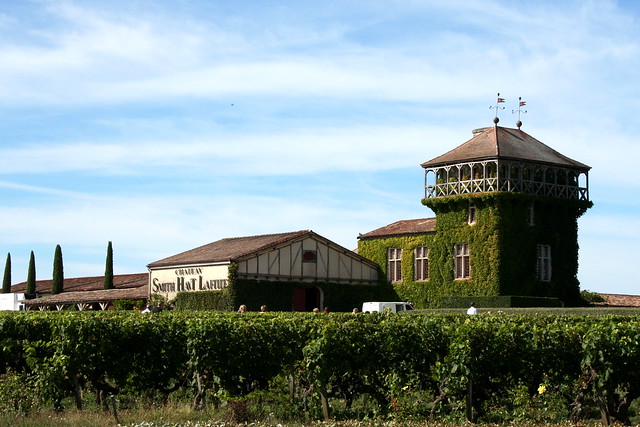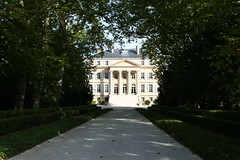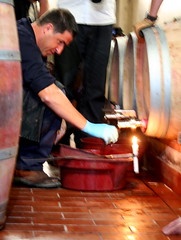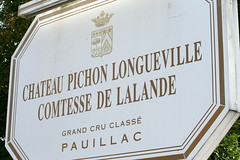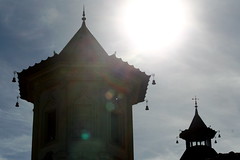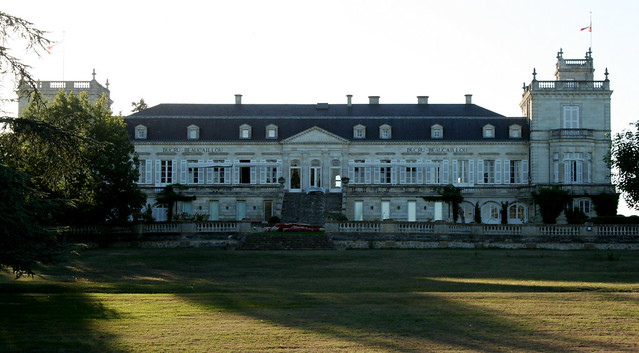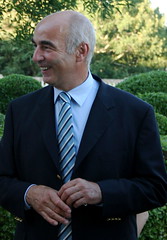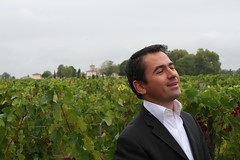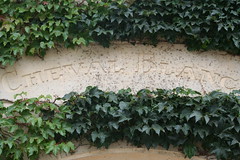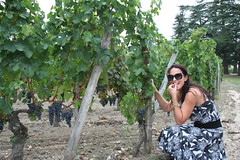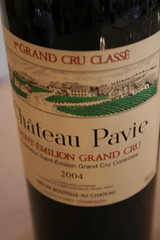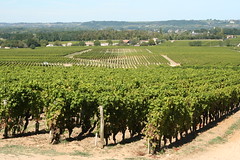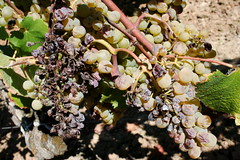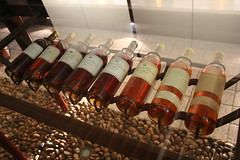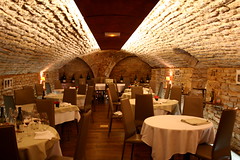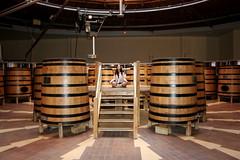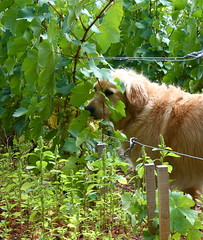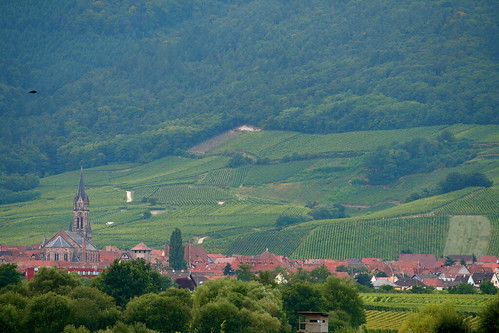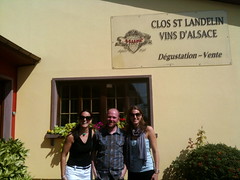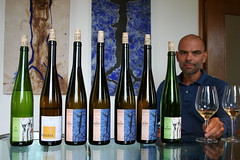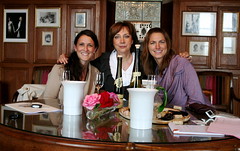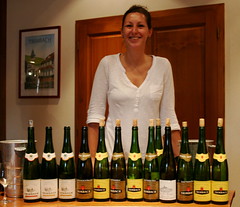 On our last morning, we met with Château Smith Haut Lafitte’s winemaker Fabien Teitgen, who highlighted the nuances of the terroir and the challenges of organic and biodynamic winemaking in Bordeaux. To sum it up in one sentence: it’s all in the soil. This Château is also one of the few in Bordeaux to still have its own cooper, producing a mere three barrels a day. To select the wood for their barrels (100% french oak), and evidence of the meticulous nature of Fabien’s wine-making, Fabien and the cooper head deep into the forest to literally lick and chew on wood and bark to select their materials.
On our last morning, we met with Château Smith Haut Lafitte’s winemaker Fabien Teitgen, who highlighted the nuances of the terroir and the challenges of organic and biodynamic winemaking in Bordeaux. To sum it up in one sentence: it’s all in the soil. This Château is also one of the few in Bordeaux to still have its own cooper, producing a mere three barrels a day. To select the wood for their barrels (100% french oak), and evidence of the meticulous nature of Fabien’s wine-making, Fabien and the cooper head deep into the forest to literally lick and chew on wood and bark to select their materials.
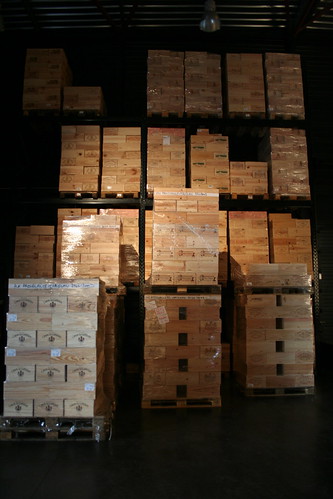 We concluded our tour with a visit to Joanne, one of the major negociant houses of Bordeaux. This business is owned by the Casteja family, whom we met in Barsac at Doisy-Verdrines. Top Bordeaux wine is sold like stocks in a unique trade system, where wine from Chateaux named as Grand Crus Classés (great classified growths) are purchased as ‘futures’ when they are still in barrel. We had the opportunity to visit one of the warehouses where these wines, once bottled, are stored and to learn about the role of a negociant in the Bordeaux trade from the Casteja brothers, Olivier and Eric.
We concluded our tour with a visit to Joanne, one of the major negociant houses of Bordeaux. This business is owned by the Casteja family, whom we met in Barsac at Doisy-Verdrines. Top Bordeaux wine is sold like stocks in a unique trade system, where wine from Chateaux named as Grand Crus Classés (great classified growths) are purchased as ‘futures’ when they are still in barrel. We had the opportunity to visit one of the warehouses where these wines, once bottled, are stored and to learn about the role of a negociant in the Bordeaux trade from the Casteja brothers, Olivier and Eric.
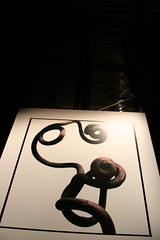 The exterior of the Joanne warehouse is like any other – nondescript. However, inside is a different story. Soft lighting illuminates pallets of wine from the most famous Chateaux – Haut Brion, Mouton Rothschild, Latour – that are stored in beautiful wooden cases, stacked from floor to ceiling, and the walls are adorned with massive pieces of wine-inspired modern art. This space houses hundreds of millions of dollars worth of stock, not to mention the wine owned by Joanne that is still in barrel at their respective Chateaux. Our hosts explained the intricacies and politics of the trade over a casual lunch, as we poured ourselves glasses of their generous offerings from the region. This was the pinnacle learning experience that tied this Bordeaux tour together.
The exterior of the Joanne warehouse is like any other – nondescript. However, inside is a different story. Soft lighting illuminates pallets of wine from the most famous Chateaux – Haut Brion, Mouton Rothschild, Latour – that are stored in beautiful wooden cases, stacked from floor to ceiling, and the walls are adorned with massive pieces of wine-inspired modern art. This space houses hundreds of millions of dollars worth of stock, not to mention the wine owned by Joanne that is still in barrel at their respective Chateaux. Our hosts explained the intricacies and politics of the trade over a casual lunch, as we poured ourselves glasses of their generous offerings from the region. This was the pinnacle learning experience that tied this Bordeaux tour together.
